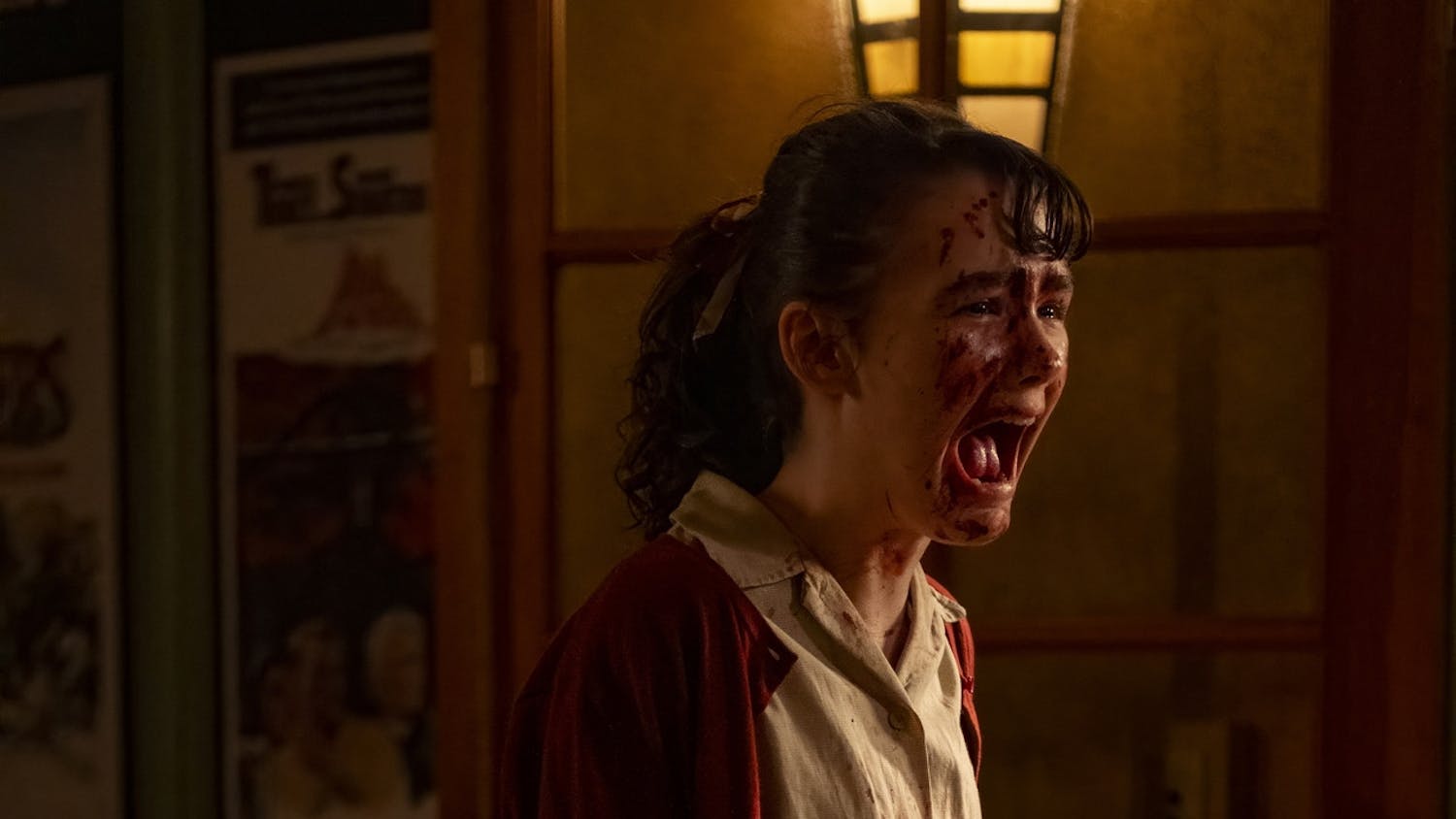You know the big foreboding buildings that stand atop the hill across the river?
That’s part of The Ridges, formerly known as the Athens Lunatic Asylum.
As ideas about mental illness began to shift in the mid and late 1800s, more institutions built upon government funding were created to house, and aimed to heal, those suffering from mental illnesses. Among these were The Ridges, which was built to aid the patients under the moral treatment model created by Dr. Thomas Story Kirkbride.
The moral treatment plan aimed at rehabilitating patients to the highest extent possible by making sure the building wasn’t overcrowded, there was adequate access to fresh air and the building was in a natural setting to allow farming and recreation for the patients.
As a result, the Athens Lunatic Asylum began construction in 1868 and admitted its first patient in 1874, a fourteen-year-old girl with epilepsy. However, within the coming years, countless patients would be admitted, which would often leave the asylum overcrowded. As a result, more cottages would be built to house more patients in dormitory-style rooms.
Although, it was never enough, and the facility would house over 2,000 patients at its most populated. While this provided ample employment for residents of neighboring Athens, Ohio, many were not properly trained in the medical field.
This led to greater risks when performing medical procedures. Throughout the mid-20th century, greater research into psychiatry led to so-called “breakthrough” treatments. Some, like art therapy, are still used today. Others, such as electroshock therapy and hydrotherapy, were modified from their borderline barbaric roots to be something better for patients.
For example, rather than using warm pools to perform special exercises to relieve joint pain, hydrotherapy at this point in time might have involved something like using extremely hot or freezing cold water to bathe a patient in hopes that it would help their mental state. Others, however, like the infamous lobotomy, were performed here. As a result, many patients were killed, or at the very least horrendously incapacitated.
Around this time, there were also breakthroughs being made in psychiatric drugs. For the first time ever, there were dramatic improvements over much shorter periods of time for the mentally ill. As a result, fewer patients began to be admitted, and there was genuine hope for the improved mental states of the patients.
Furthermore, a new hospital by the name of Appalachian Behavioral Health Care was built close by, aiming to be a more improved psychiatric care facility. As a result, most of the patients were transferred over there, reducing the population of patients to 200. With the reduction in patients, the asylum was given to Ohio University, and the community nicknamed it The Ridges. In 1993, the last patients were transferred over to Appalachian Behavioral Health Care.
Or so they thought.
Ghost stories circulate around The Ridges, all surrounding tales of patients who never left. Margaret Schilling is an example. She was a patient who disappeared in December 1978 and was not found until the following January, dead in an upstairs room. She went undiscovered for so long that her body left a permanent stain on the floor. As a result of her mysterious death, rumors circulate that her ghost can be seen peering out of the window of the room she was found in.
But, allegedly, her ghost has ample company. Disembodied voices, apparitions in the buildings and the surrounding cemeteries and other mysterious spirits are rumored to haunt the halls and grounds of The Ridges.
Today, though, The Ridges have become a historical landmark, and part of it has been converted into an art museum. Other parts have been converted into classrooms. Still, more has been utilized by the Ohio University Police Department. Despite its morbid history and dark reputation, The Ridges still serves as a vital part of Athens’ history that has been given new life.






